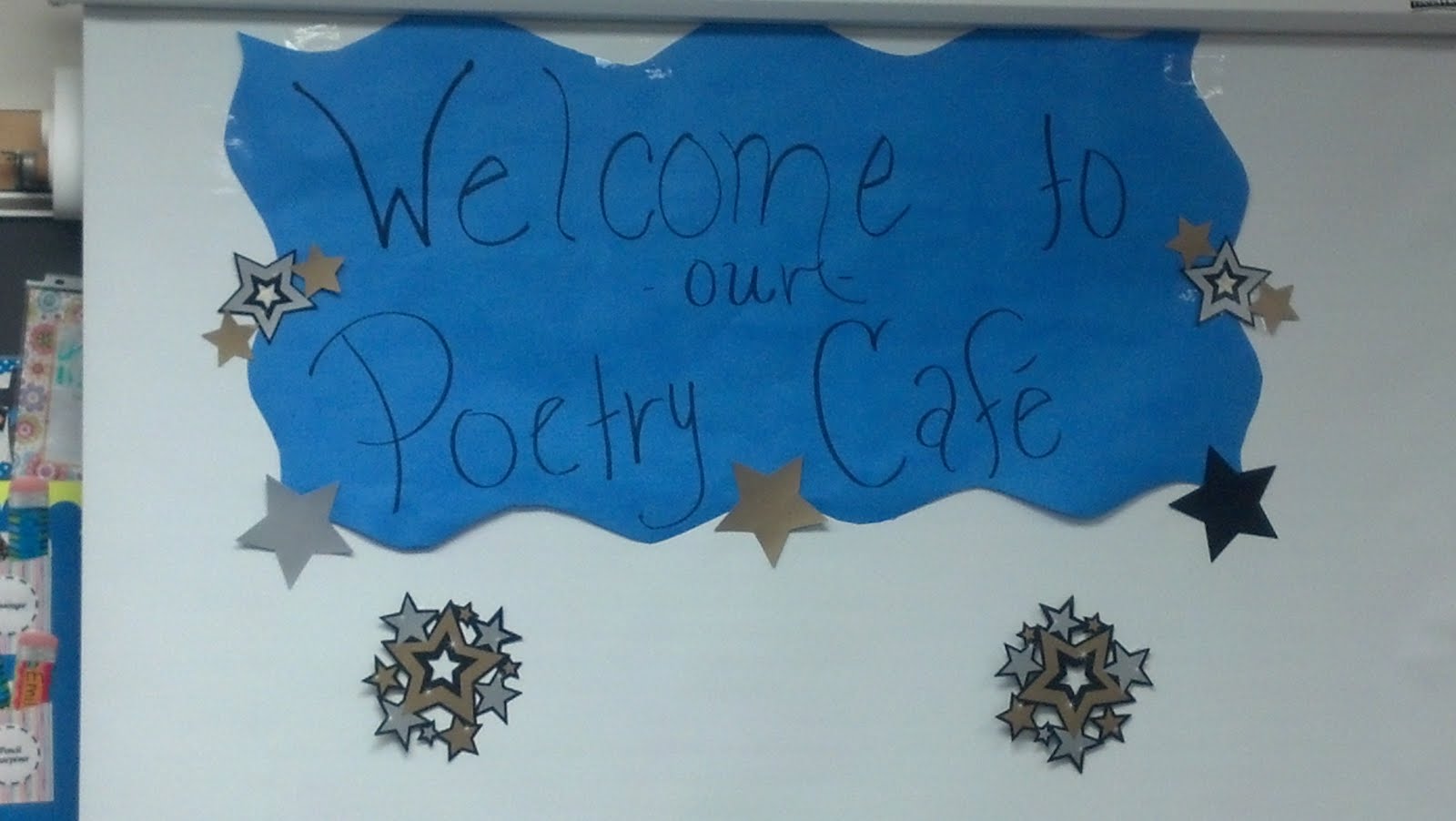Her children's biography, The East West House: Noguchi's Childhood in Japan, is about the early life of sculptor Isamu Noguchi, whose father was a Japanese poet. It came out in 2009.
She also illustrated an edition of poet May Swenson's The Complete Poems to Solve. (McMillan, 1993).
Christy, you illustrated a lovely collection of May Swenson's poetry. Why did you choose woodcuts as the medium for that book?
Again, thank you. By the time I was asked to illustrate The Complete Poems to Solve, I had published several chapbooks with poems (William Stafford, Eamonn Wall, Quitman Marshall and others). In several instances, I designed, illustrated printed and bound the books myself.
The Complete Poems to Solve was my first commercial project. I love the graphic quality of relief prints. Sometimes happy accidents occur when printing. The May Swenson book interior was printed in black, not full color, so linocuts seemed appropriate.
When you and I met at a regional SCBWI conference, we talked about the similarities between art and poetry -- how poetic line breaks function the way white space does in visual art. Would you like to expand on that idea?
White space gives visual room to breathe; poem line breaks are aural pauses when read aloud. The artist can guide the viewer's eye with compositional organization -- moving and directing the eye around a space, and also giving the eye rest, controlling visual tempo.
Visual tempo is an interesting idea. It's present when poets use a form with stanzas.
I'd love to bring this back around to Isamu Noguchi who said, "Sculpture becomes for me a preoccupation with impalpable voids and pressures, the punctuation of spaces. If sculpture is the rock, it is also the space between the rocks and between the rock and a man, and the communication and contemplation between."
Doesn't that convince you he was a visual poet?
Absolutely. Begin with, "A poem is the words, it is also the space between the words and between the words and a man..." -- the quote fits both art and poetry.
Thanks so much for visiting, Christy. This conversation had my brain buzzing!
Christy tells me that she's been taking poetry classes, exploring different poetic forms like sonnet and pantoum. Look out for her next project -- a book of original concrete poetry called Dreaming Up: A Celebration of Building. It comes out from Lee & Low, Spring 2012. I can't wait!






4 comments:
Laura,
I actually own this book! And it is lovely! I do like how the arts cooperate with each other. Thanks for the insightful interview.
Laura Evans
I'm definitely looking forward to Christy's next book!
Thanks for stopping by, Laura. Based on Christy's book (isn't the back-matter wonderful?) I bet Noguchi's sculptures would make a wonderful jumping off point for kids to try ekphrastic poetry.
Hi, Toby. So glad you enjoyed the conversation. I like working with form in poetry. It's been interesting for me to hear about form from an artist's perspective.
Post a Comment